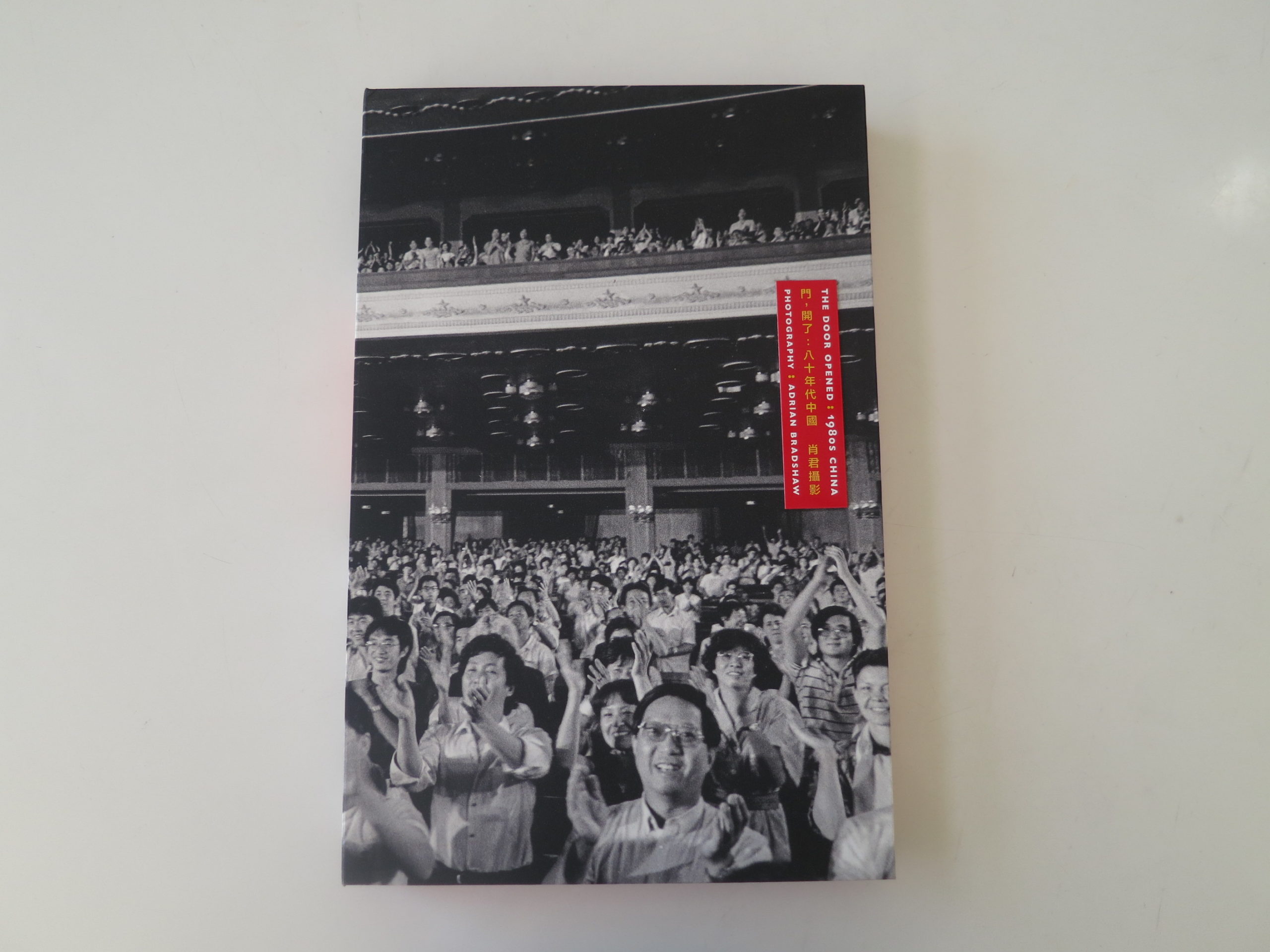
Everyone wants to be down-to-earth?
Right?
It seems like one of those compliments that is universally understood to be a good thing.
It means relatable.
Grounded.
Empathetic to others’ experience.
Humble.
Polite.
Thoughtful.
Respectful.
For some people though, (yes, they’re often rich,) the lure of being fake, affected and pretentious is just too strong.
In this case, I’m thinking about Gwyneth Paltrow, the occasional actress, full-time GOOP lifestyle guru/ magnate, likely vegan, and occasional television guest.
Last year, on Jon Favreau’s Netflix show, she denied, or “forgot,” multiple times, that she had acted in a Spiderman movie with the aforementioned Favreau.
To his face, on camera.
“Nope, nope. Not me. I wasn’t in Spiderman.”
It became a thing on the internet, of course, because how could it not, but she steadfastly went with the whole attitude of “I’m so rich and busy, and these silly comic superhero movies are kind of beneath me, so I refuse to lay down any memories of what I’ve done.”
“I’d rather be selling high end bath salts for $250 per gram, thank you very much.
I will simply pretend Pepper Potts, with her gauche auburn wig, simply does. not. exist.
Tony Stark can fuck off, for all I care.
I’m glad he’s dead.”
There was a time, though, early in her career as an actor, when she was properly talented, even garnering an Oscar for the admittedly mediocre “Shakespeare in Love.”
And she totally carried “Sliding Doors,” a seminal film, back when cinema still had a larger place in the grand cultural pantheon, in 1998.
There were two simultaneous timelines, and both played out during the course of the movie. Young Gwyneth Paltrow discovers her partner is cheating in one timeline, or she doesn’t in another, and the final consequences are dire.
Basically, she dies in one of the plot lines, and it’s terribly sad. The other ends with a glimmer of hope, after GP kicks her cheating man to the curb.
But my point, (as I always try to have one,) is that there were two simultaneous narratives going on.
Two timelines. And I’m on about parallel realities today for a reason.
I promise.
That’s because I went into my book pile today and found “The Door Opened: 1980’s China,” by Adrian Bradshaw, (published by Impress,) an exceedingly well-produced object, in a black fabric box.
I did a heavy, deep-dive, historical column about China not-too-long-ago, and my frivolous opening about Gwyneth Paltrow should have hinted that we’ll keep it (mostly) light today.
This book, and its representation of China, is mesmerizing from the jump. The opening text, alternately in English and Mandarin, has hot graphic design, red and black.
You learn what you need to, though an opening essay and Q and A with the artist, and then you’re off, with the book being broken down into sections that each have short amounts of text. (Children, Country Life, etc.)
Over the course of the book, we learn Adrian Bradshaw has lived in China most of his adult life, and seems to have married a Chinese woman, raising a family there. For years, in particular in the vital decade of the 1980’s, he photographed prolifically in black and white with a series of Leica cameras. (There’s mention of a million photographs.)
We see Deng Xiaoping, working a cigarette HARD, as he’s the leader associated with China’s opening, in the 80’s, when the first taste of Western life and Capitalism were allowed in, after the deep deprivation of Mao’s Cultural Revolution.
Adrian Bradshaw was on the ground, photographing amazing change, and the book contrasts the still-ancient-looking China of rural society, (and at times the urban working class,) with the rapidly modernizing sub-culture in the cities, Shanghai and Beijing, where fashion was taking root.
People were no longer forced to dress in military navy, gray or green. Prints were available in department stores, where people waited forever for disinterested state workers to help them.
And there were suddenly hipsters in China.
Hipsters!
These pictures are so good, and the ones that are blown up large or full-bleed are dynamite.
For the breadth of Chinese life we see here, and it is a significant range, there is noticeably nothing political.
No police, no protests, or military are present, unless they’re photos of painted propaganda posters, or soldiers in period garb for a Bertolucci film.
With one glaring exception.
There is a photo of soldiers carrying a flag in Tiananmen Square, with a portrait of Mao looming in the background, (from 1986,) and I thought to myself, well, how many years until the quashed uprising/protest/mini-rebellion there?
3 years later, in 1989.
Beyond that wicked bit of foreshadowing, whether intentional or not, the content mostly adheres to what would be acceptable to censors.
Markets. Street life.
Villages.
People.
I love this book, yet all morning, even though I was on deadline, I couldn’t quite get to write the review.
It’s like I was waiting for something.
So there I was, stretching out my shoulder in my living room with a weighted ball, and I craned my neck to the side in an unnatural position, to try to un-do a little knot.
Right in my line of sight, on the book case, was the Ai Weiwei book “Interlacing,” and I remembered it had a series of images that the Chinese artist made in New York City, in the 1980’s, when he lived there as a young man.
In a flash, I knew how I could write about the first book, because how could this not work?
Parallel timelines?
Right?
I’m not going to review the entire second book, because I can’t do 2500-word-mega-columns each week, but these photographs clearly depict the vision of a creative young man who was exercising freedoms he did not have back home.
Ai Weiwei and his hipster, artist buddies.
Hanging out with American art and culture luminaries like Allen Ginsburg.
So cool.
But beyond the gallery shows and art experiments, there is hard journalism here too.
He’s made images of police arresting people, political protest, and a still-chunky-Reverend-Al-Sharpton during his regrettable Tawana Brawley phase.
Even crazier, the book features a few photographs from the Tomkins Square Riots in 1988.
If you don’t remember what they were, you’re not alone, as I was 14 years old at the time, living about fifty miles away, and I never heard of it.
The short version is, the NYC Police either instigated, or participated in a full riot in an East Village park that was being used as a homeless encampment, and loitering place for squatter types.
One of the rallying cries was “Gentrification is Class Warfare.”
Sound familiar? (Everything old is new again.)
The cops, it was later proven, went buck wild, and severely beat protestors and innocent bystanders, with clubs, hands and feet.
They covered their badge numbers, or didn’t wear badges at all, and supposedly the whole thing was like something out of a movie.
Nasty business.
And Ai Weiwei was there in the middle of it, shooting documentary photographs.
From just a few images in “Interlacing,” we see a Chinese citizen freely photographing government violence, in America, while had he done so in China a year later, he would have been locked up forever.
(And of course he was famously jailed for a few months in 2011.)
Meanwhile, with Adrian Bradshaw’s photos, the 6’2″ Englishman gives us the outsider/permanent resident’s perspective of China just as it’s starting to grow and change, irrevocably, lifting hundreds of millions of people out of poverty, all wanting their televisions, washing machines, and fancy home computers.
How bizarre.
Bottom Line: Fascinating, well-made document of China in the 80’s, just as it’s beginning to rise
To purchase: “The Door Opened: 1980’s China” click here
If you’d like to submit a book for potential review, please email me directly at jonathanblaustein@gmail.com. We are interested in presenting books from as wide a range of perspectives as possible.
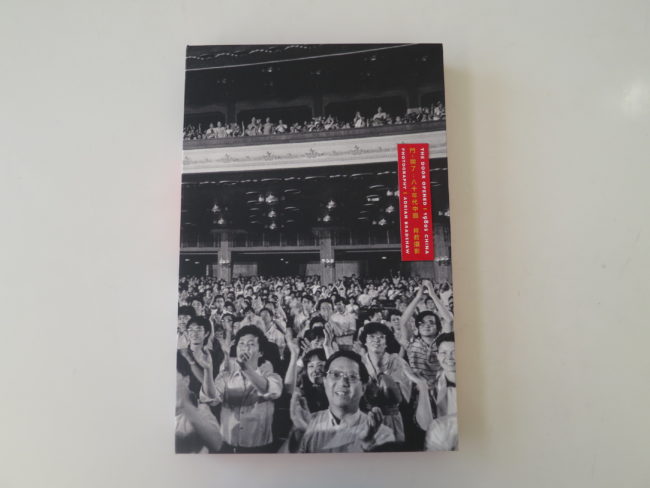
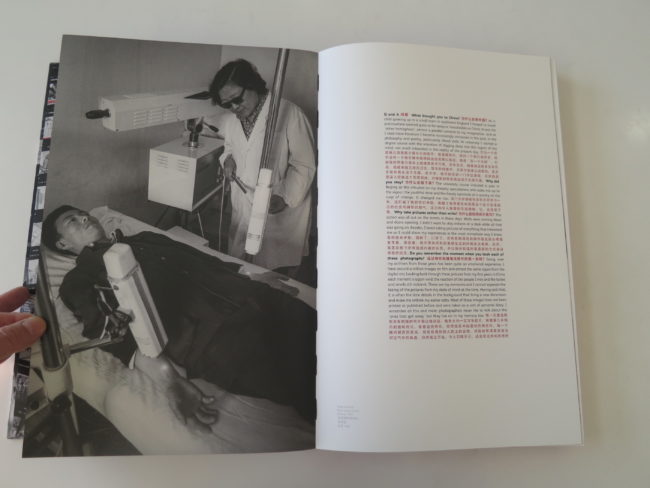

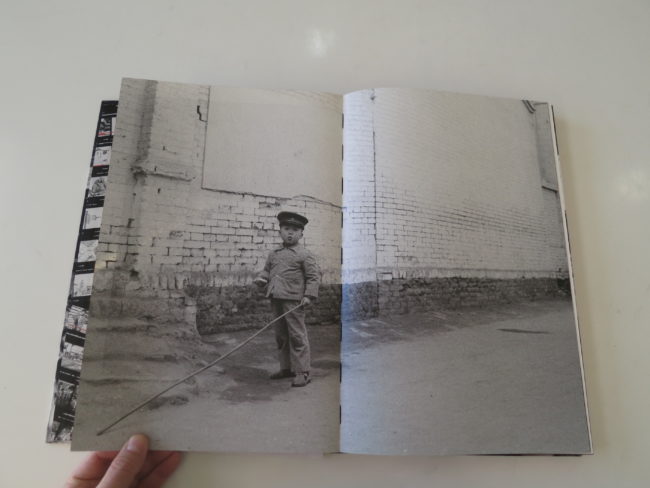
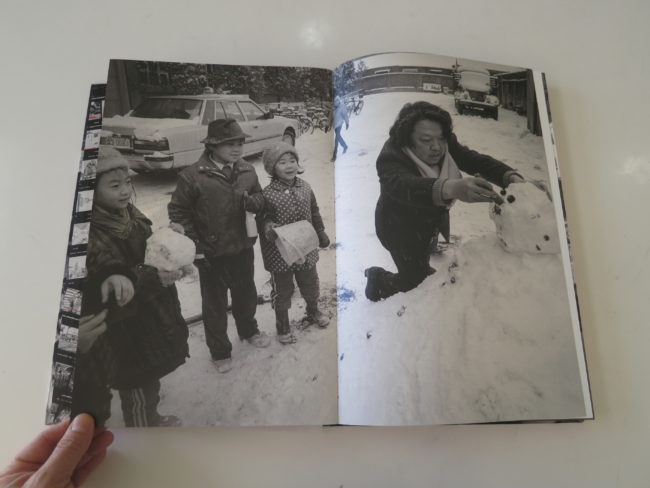
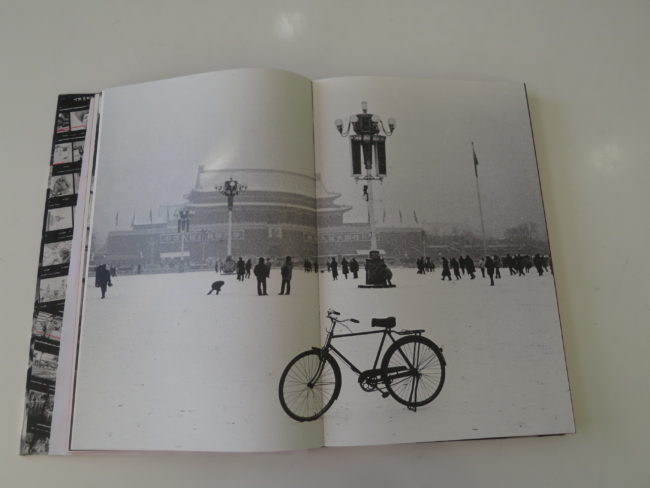

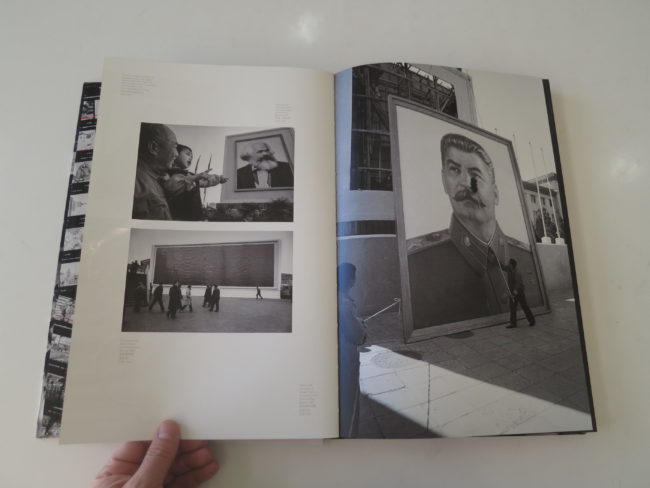
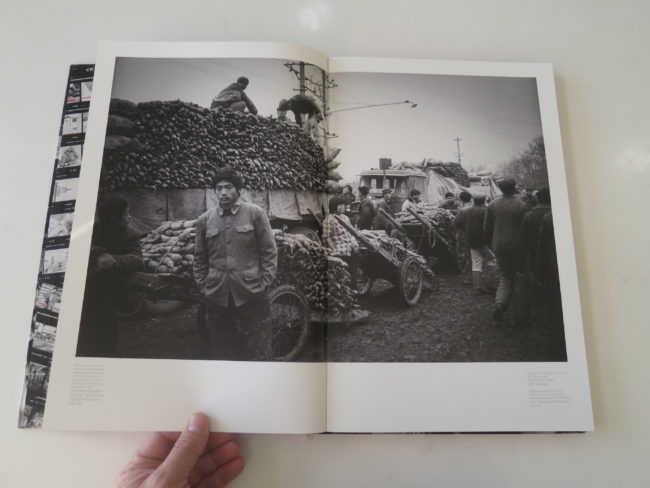
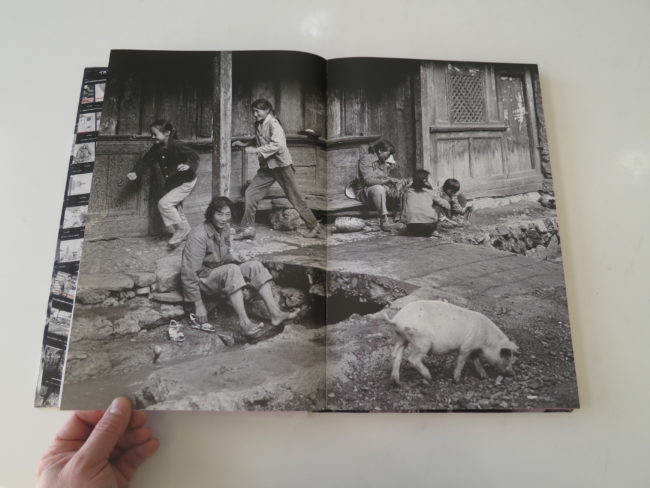
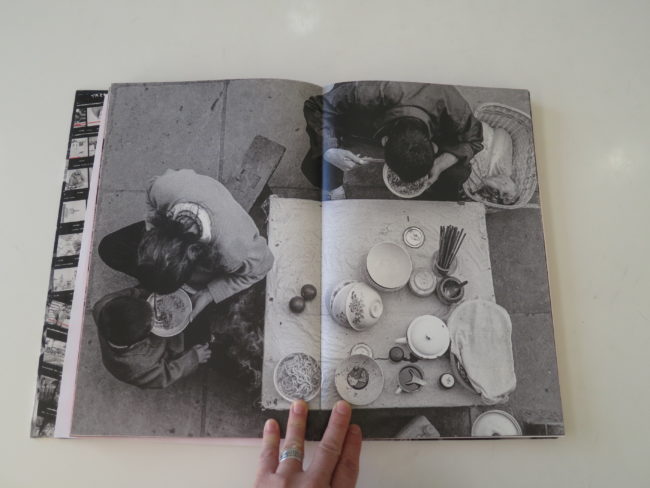


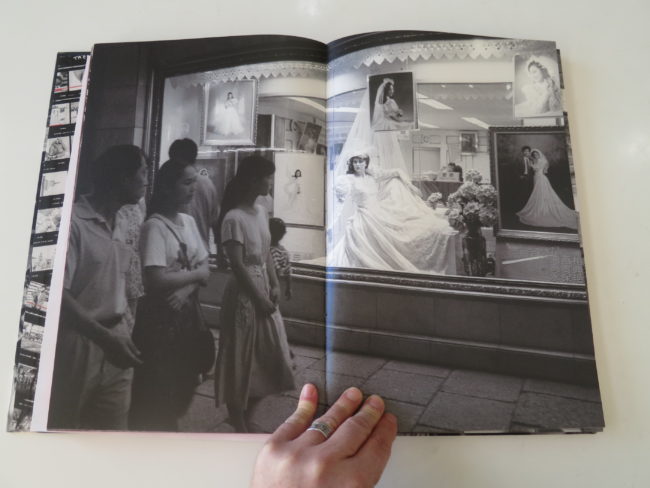


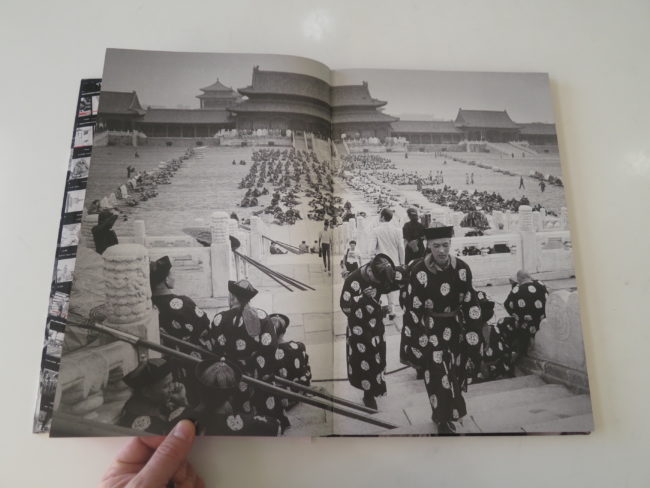
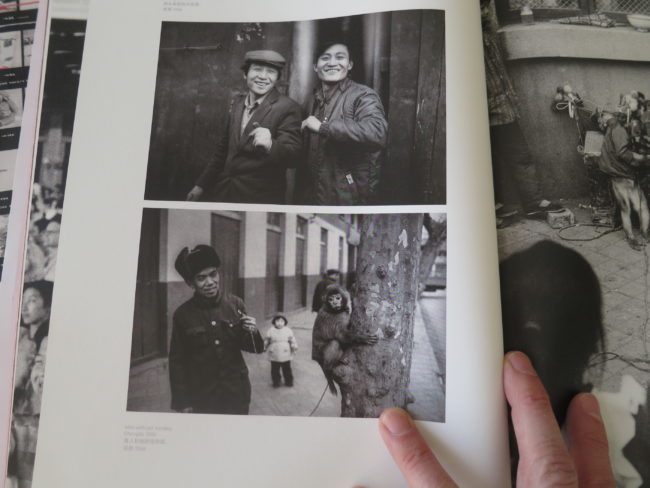

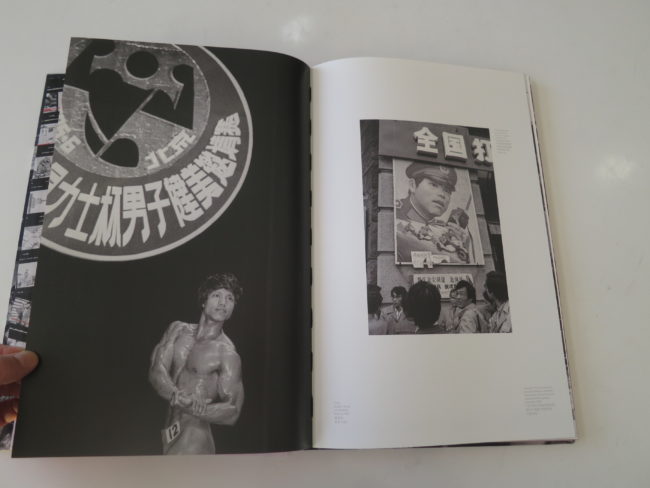
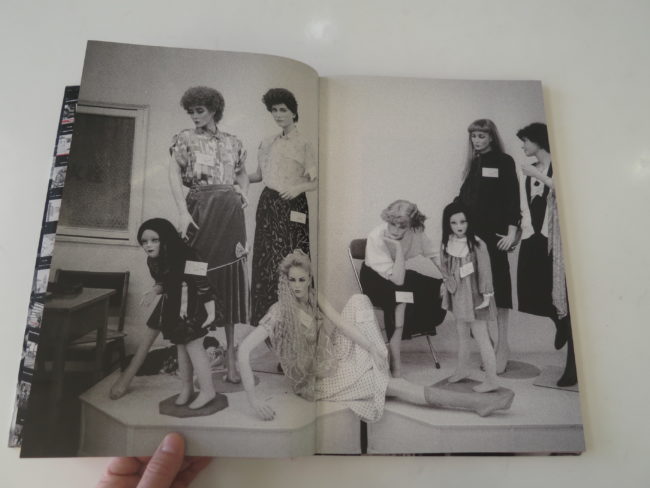
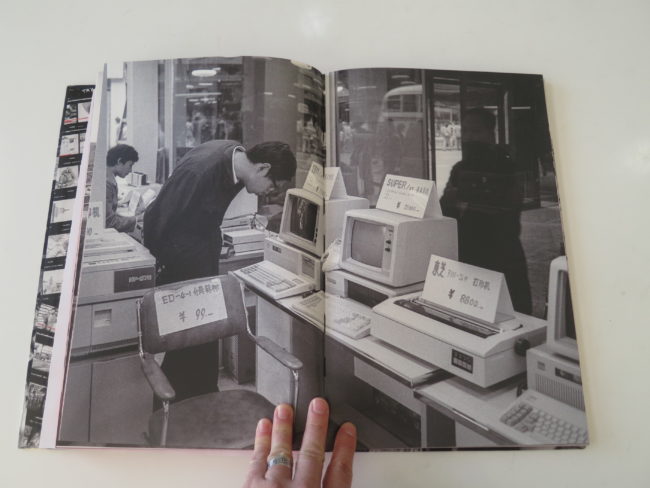

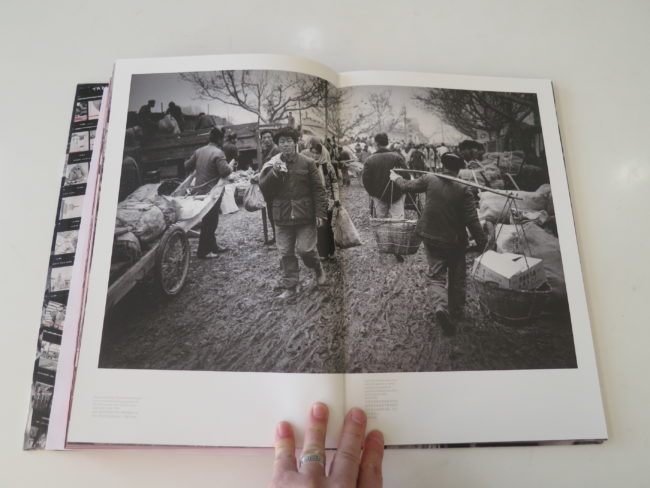
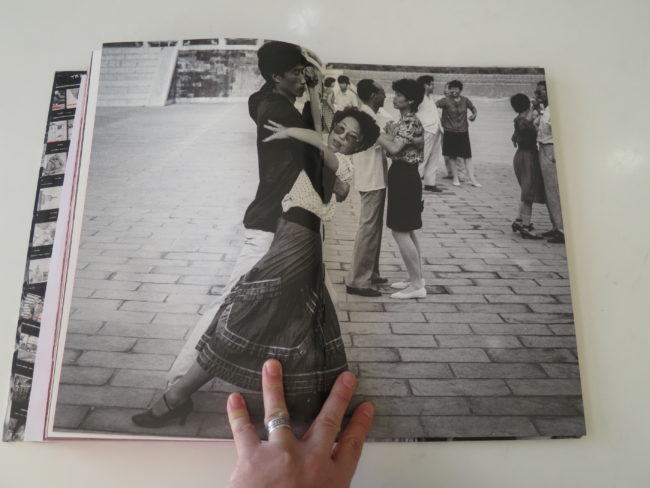
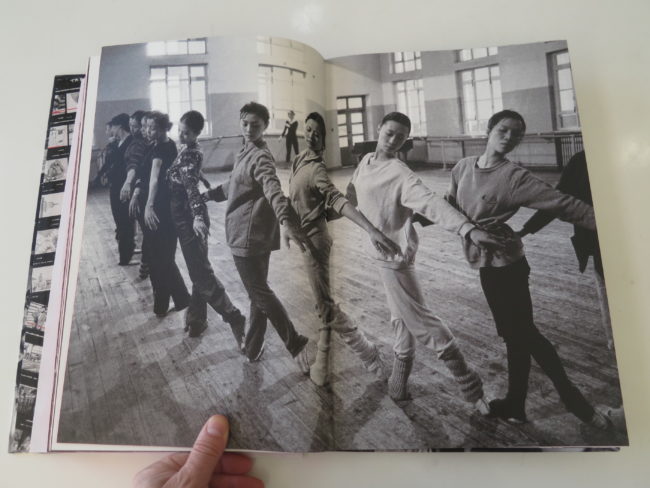


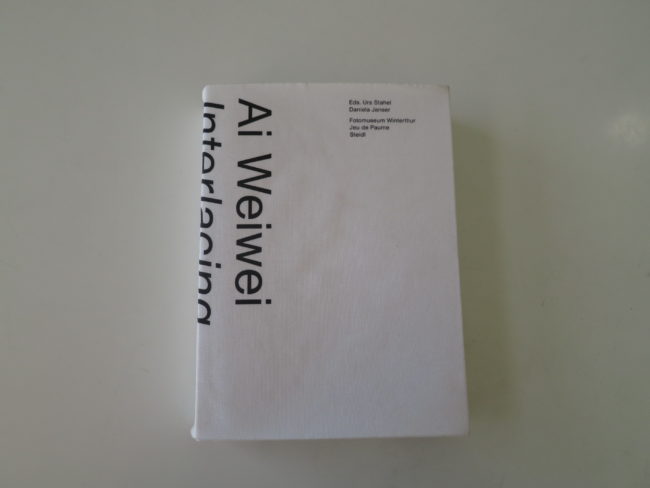
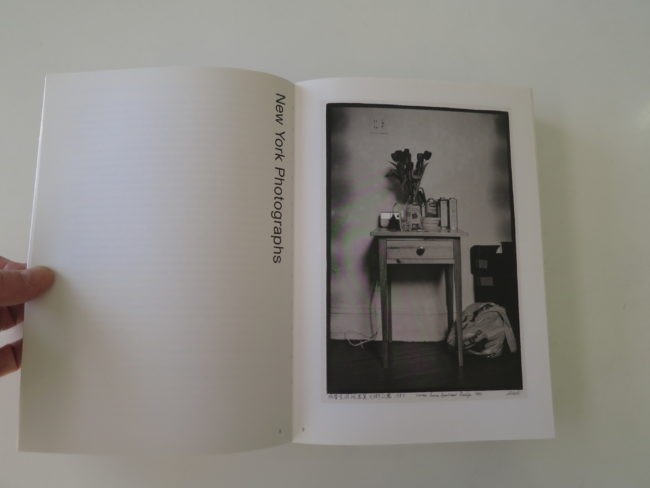
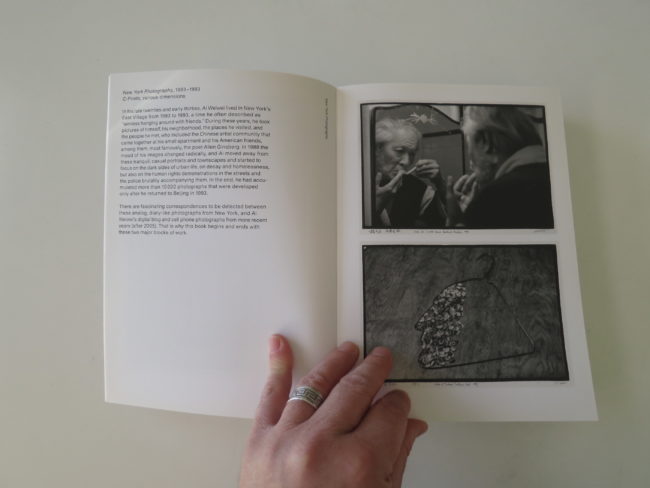
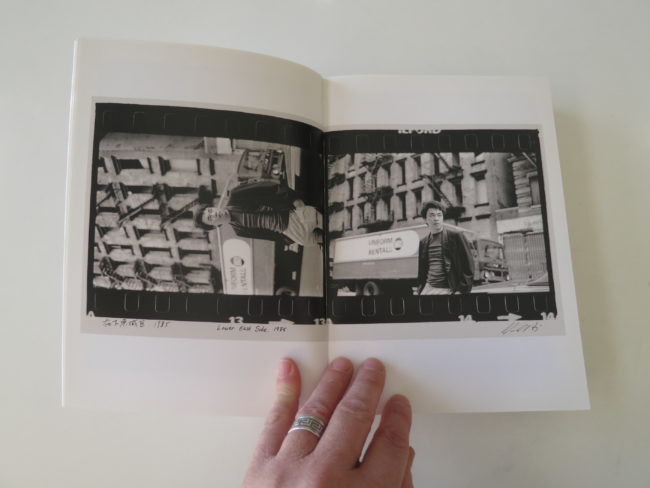


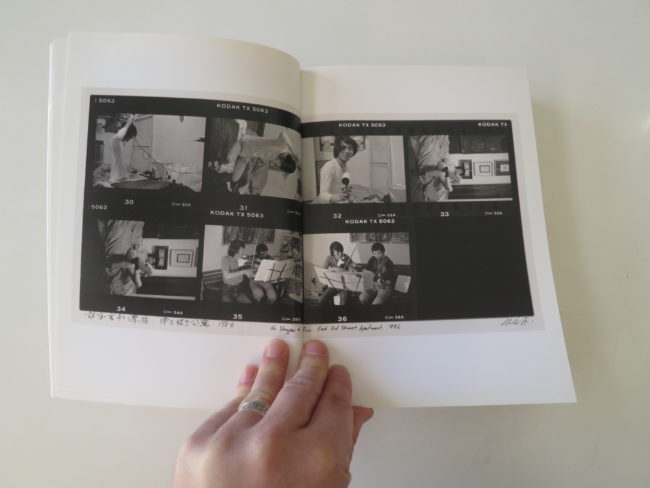
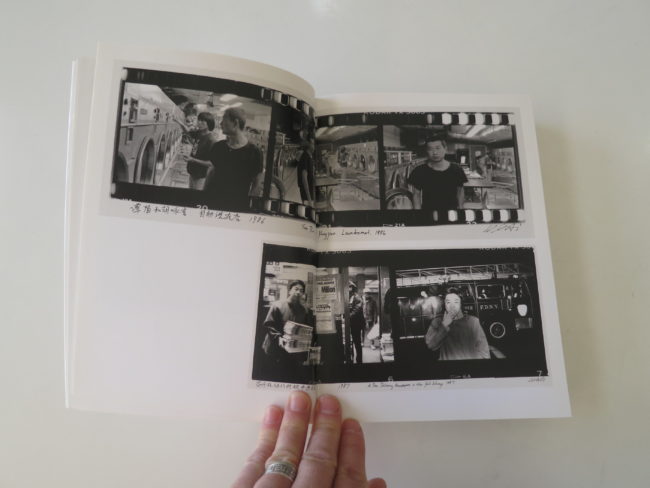
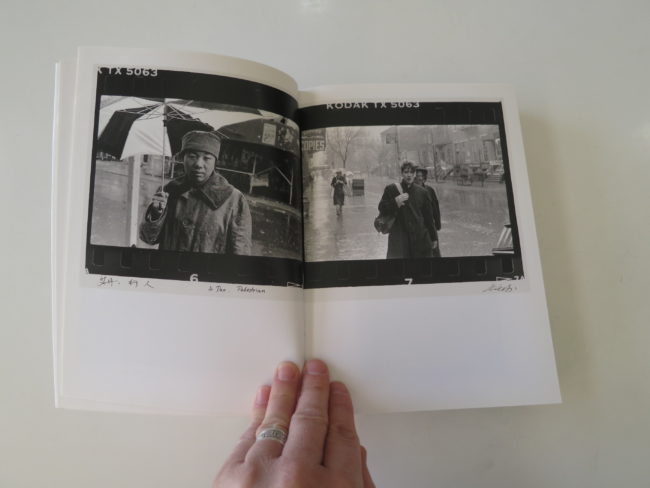

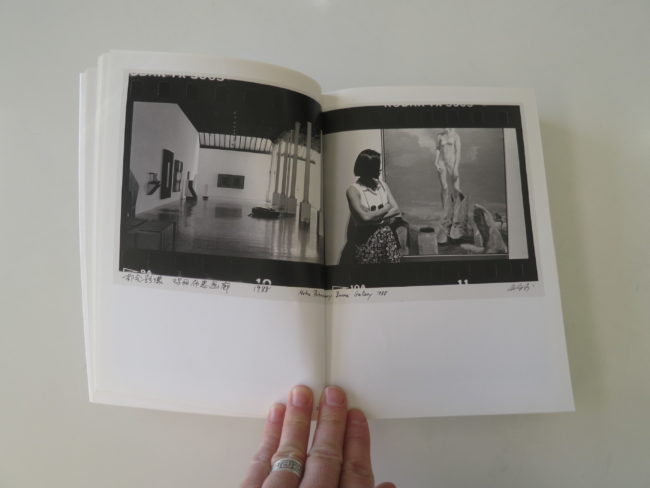
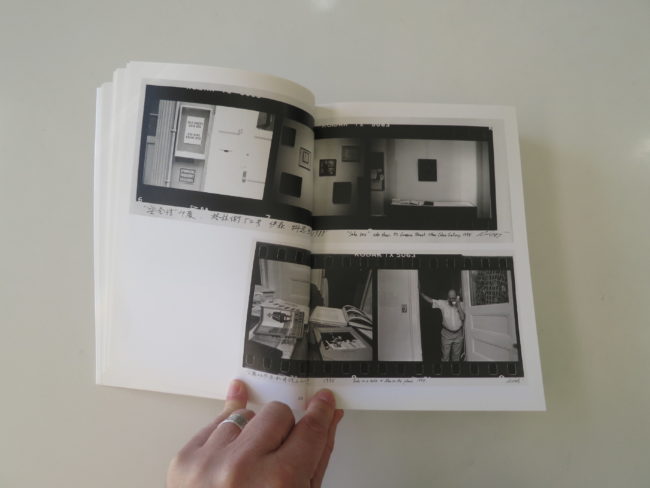
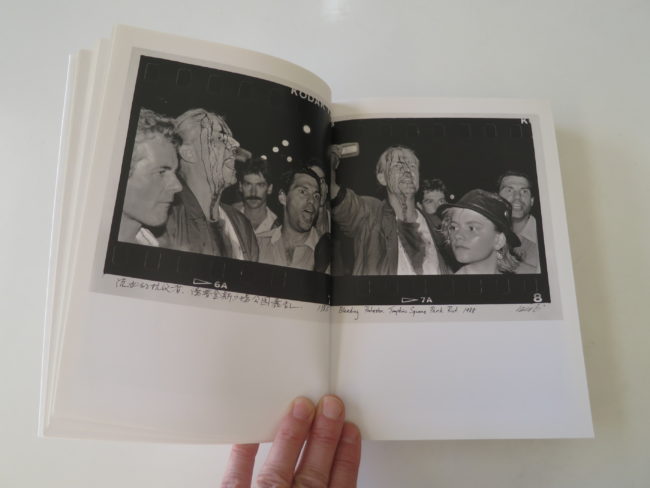
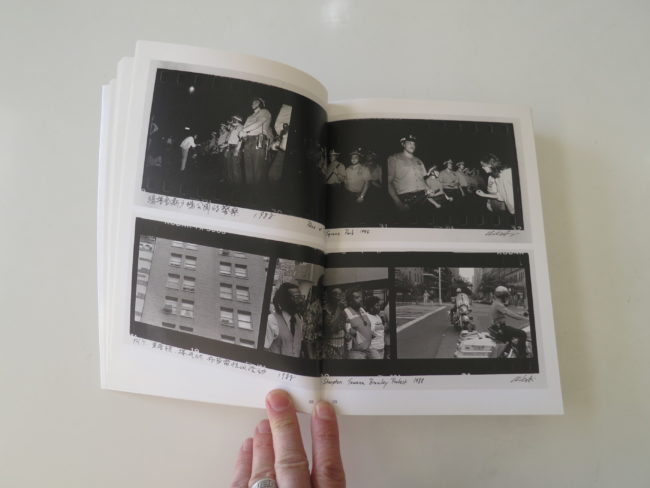
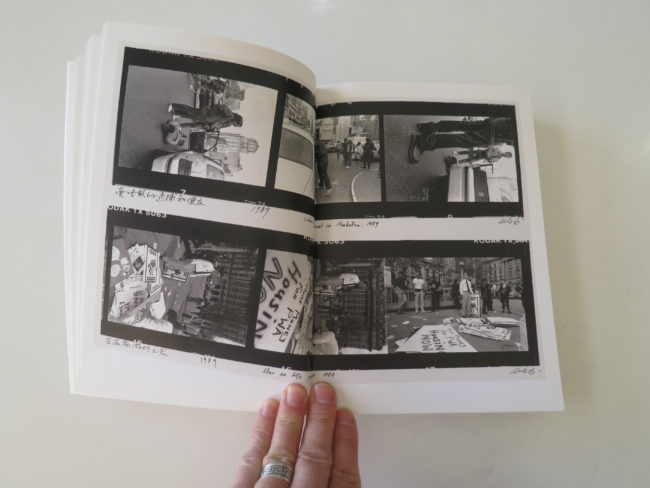
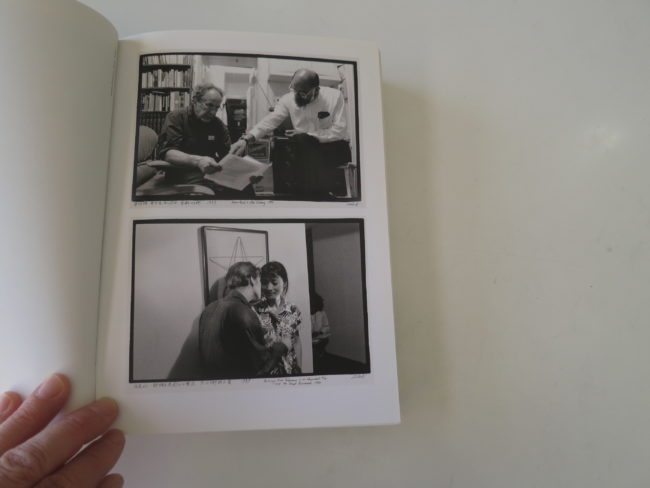
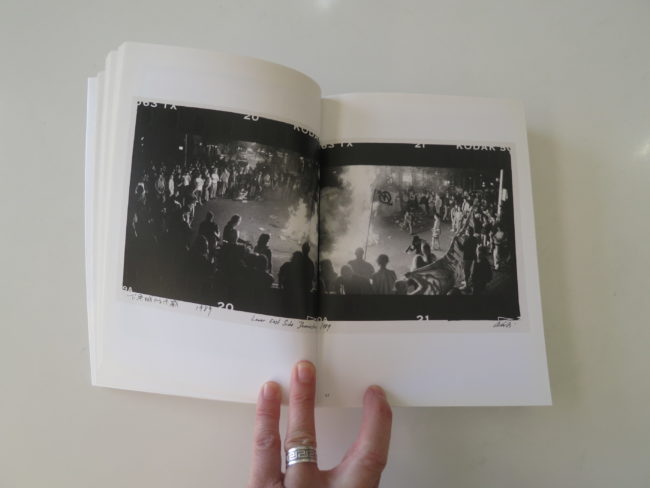
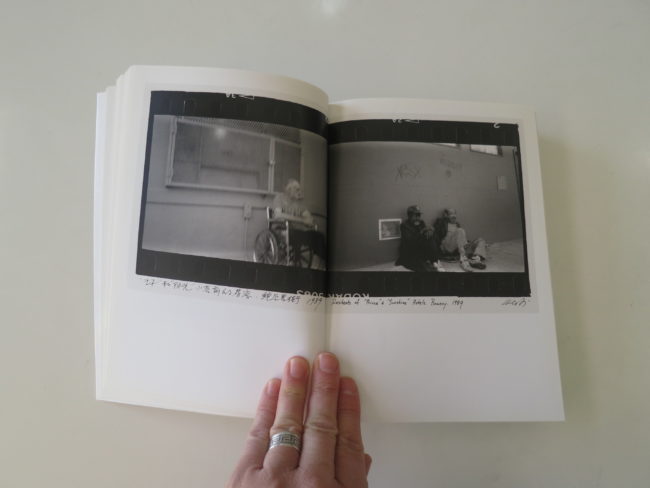
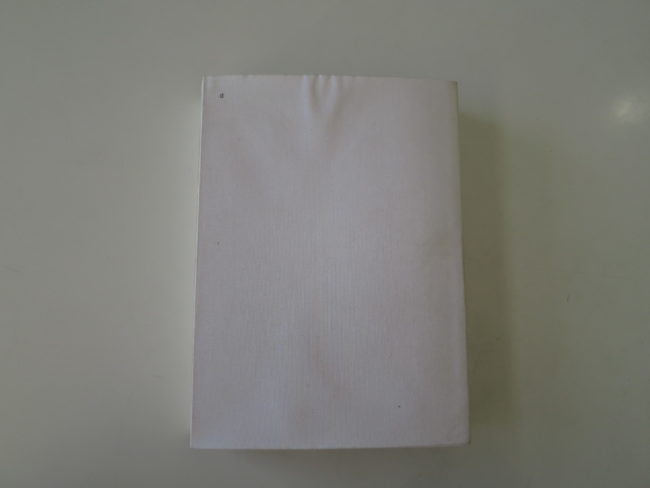
3 Comments
Didn’t catch Sliding Doors, but I did catch Run, Lola Run- both of which came out in 1998, both of which have to do with a woman living thru alternate timelines determining life and death. Will try and catch the former, but have my doubts it’ll beat the latter…
https://en.wikipedia.org/wiki/Run_Lola_Run
Stan, great call. I loved Run, Lola, Run. Franka Potente is amazing!
Both these are great photographers of the human condition. Both brilliant books that enlighten the mind.
Comments are closed for this article!